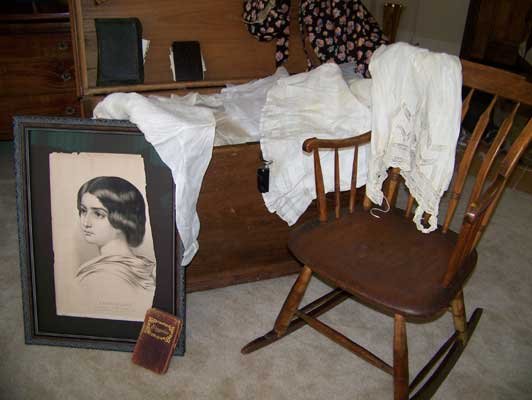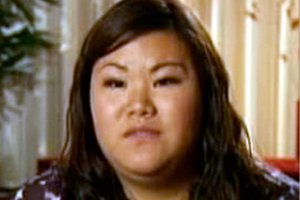When Martha Slater, Romaine Veronda and Jeanne Gage sit around
and talk about their relatives, it’s like reading a page from an
American History textbook.
When Martha Slater, Romaine Veronda and Jeanne Gage sit around and talk about their relatives, it’s like reading a page from an American History textbook.
The trio, from Gilroy, Morgan Hill and San Juan Bautista, are members of the Gilroy Daughters of the American Revolution, and can trace their lineage back to the American Revolution. Their ancestors include Salem Witch trial judges, financiers for the Mayflower and even recorded breadstealers.
Before a person can become a club member they must first prove their family tree using birth, death or marriage certificates. They can also use newspaper clippings, calling cards, family Bibles, obituaries and land grants. It’s not easy, said the ladies, and many women have given up trying to prove they are related to one ancestor, only to start investigating another.
“There’s all these maybes, all these pitfalls,” Gage said.
The women use their history to evoke a new era.
“If we don’t do the research, it may not be there,” said Treasurer Romaine Veronda.
The women, sitting around a round kitchen table at one of their homes recently, told stories about men who married several times because their wives died in childbirth and wedding dresses that were cut up to make a child’s christening gown. They spoke of ancestors with names like Thanks and Deliverance, and wills aimed at keeping hand-made lace in the family.
“In that time you worked to stay alive,” Gage said.
For Veronda, linking to her colonial ancestors was almost as easy as looking in the family’s wooden trunk. When Veronda’s grandmother was six, she became the family historian. Her father built her a wooden trunk and had her keep all the family’ obituaries and land grants.
“When you open my trunk, you are going back in history,” Veronda said.
Veronda comes from a family of colonial farmers and preachers.
Inside the trunk – which Veronda’s mother would not let her open when she was young – were family treasures, including pictures her grandfather’s second wife had taken of Native Americans.
Not every DAR member had that much history waiting for them. Slater, the chapter’s regent, had grandparents who knew little of their heritage, she said. She and her sister split the research, with her sister taking on their father’s side of the family.
“I’ve just been working on genealogy my whole life since I was a teenager,” she said.
Slater went to DAR headquarters in Washington, D.C. to look for family names in the building’s large library. As she struggled to find information, her sister found another women in the library looking for the same names.
The women had been standing in the bookstacks saying, “If I don’t find this family, I’m going to give up,” Slater said. The two women ended up being fourth cousins.
Keeping national history, as well as personal history, alive has always been important to the group. In California, DAR members have tackled difficult preservation projects, such as typing copies of the faded1852 California census.
The Gilroy chapter is celebrating Constitution Week, which ends Wednesday, by creating and delivering created posters about the Constitution to 63 local schools. The DAR was instrumental in getting Congress to recognize this week.
The hope is to get students as interested in history as are the members of the DAR.
“It’s very interesting to read what people thought of your relative,” Gage said. “You start to dream about what kind of people they are.”














